In today's digital landscape, the fusion of AI and human creativity is reshaping how we design and interact with technology. As designers and professionals, understanding this dynamic partnership is crucial for crafting personalized and intuitive user experiences.
The interplay between human creativity and technology has reshaped our self-expression. From the earliest cave paintings to today's AI-driven personalized experiences, our desire for self-expression and customization has been a constant force driving innovation. I will shed some light on personalization via theming.
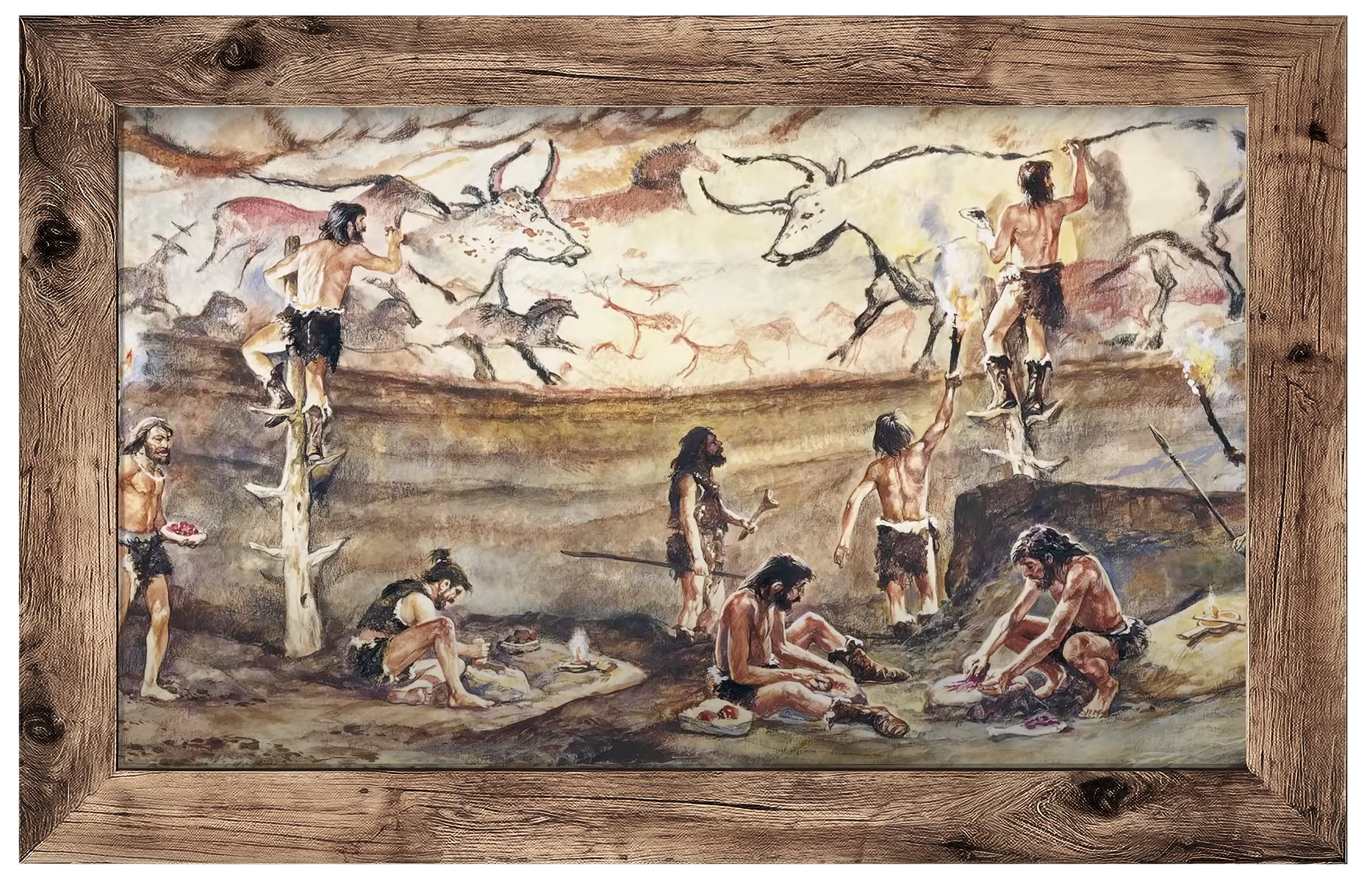 National Geographic | Cave 101
National Geographic | Cave 101
The Dawn of Personal Expression
In the Stone Age, humans began crafting tools and creating cave paintings, not only for survival but also as a means of expression. These early artists selected specific pigments and techniques, tailoring their tools to convey their unique perspectives. This intrinsic desire to customize and personalize is deeply rooted in our history.
Session presented at Microsoft UX Day 2025, Bangalore on 19th March 2025.
Some portions
have
been trimmed due to confidentiality and IP.

The Rise of Consumerism and Personal Flair
Fast forward to the 1900s, the era of burgeoning consumerism began. Products like automobiles, home appliances, and fashion were not just functional items; they became canvases for personal expression. Consumers chose colors, designs, and styles that reflected their identities.
Even if
these choices sometimes compromised functionality.This trend underscored a collective yearning to
stand out and infuse personal flair into everyday objects.
(L-R Clockwise) Vintage Fashions,
Christie's, Sunbeam Appliance, Ford Model T
finding ways to add personal flair
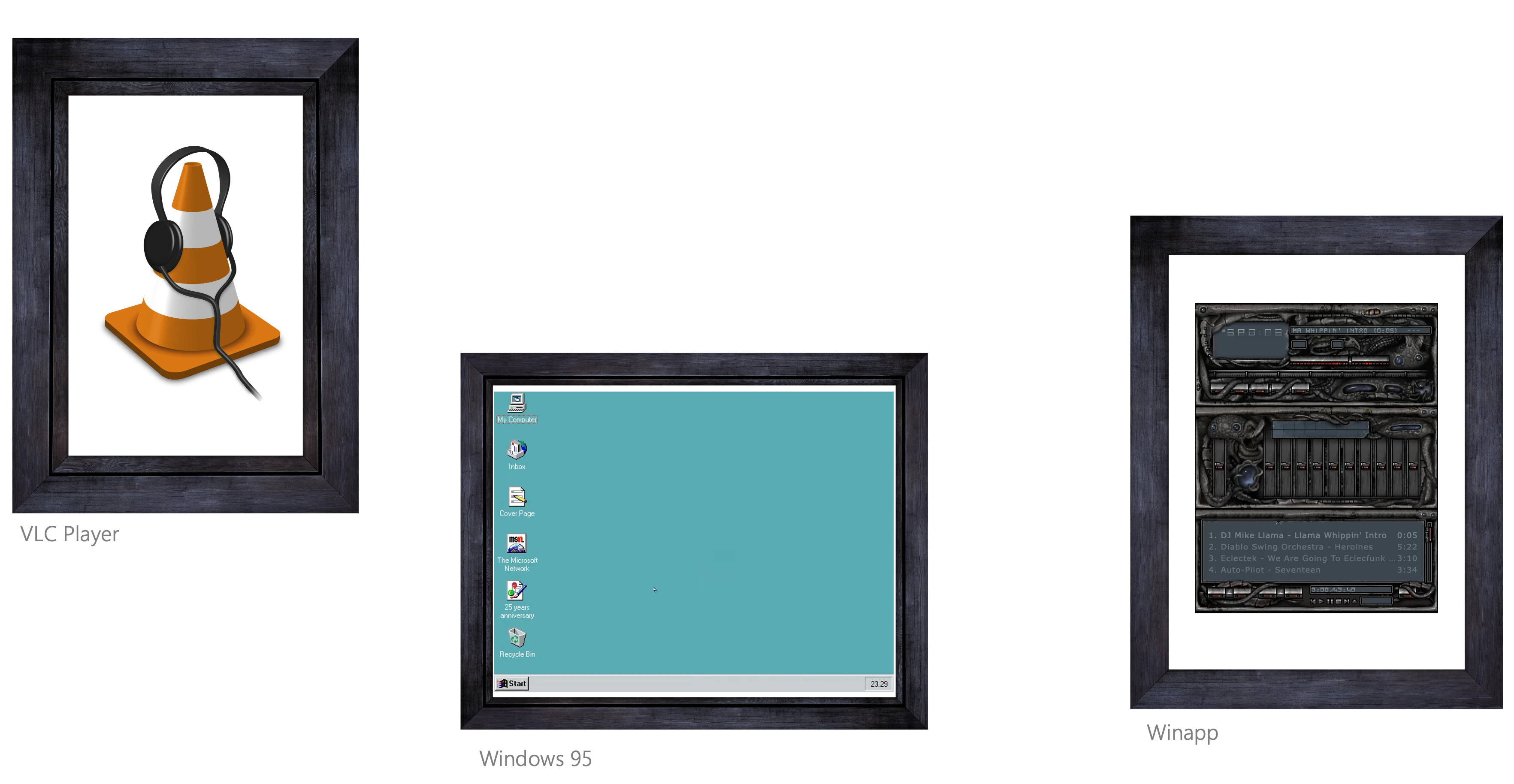
Digital Personalization
The advent of personal computers introduced a new realm for customization. Users delighted in changing wallpapers, customizing icons, and applying unique skins to media players, fostering a sense of ownership and individuality in the digital space. However, this freedom also highlighted the need for thoughtful design, as excessive customization could lead to usability challenges.
Dark Mode
A notable milestone in digital personalization was the introduction of dark mode in Android 10 and iOS 13. This feature seamlessly blended form and function: offering aesthetic appeal, reducing eye strain, and conserving battery life on OLED screens. It exemplified how technology, when thoughtfully designed, can cater to user preferences while enhancing functionality.

Microsoft Outlook in Dark Mode
Delight with value
The Role of AI in Personalization
Implicit customization—where AI learns from user behavior to make automatic adjustments—is becoming the standard. Think of Netflix's recommendation engine or Spotify's personalized playlists. These AI-driven experiences optimize for relevance, engagement, and user delight, surfacing the right content at the right time.
Today, artificial intelligence is revolutionizing personalization, enabling experiences that are not only tailored but also adaptive and context-aware. AI analyzes user behavior, preferences, and environmental factors to deliver bespoke interactions.
Responsible AI by Design
As AI becomes increasingly integrated into our designs, responsible AI practices must be a priority. Designers and developers need to ensure AI-driven solutions are:
- Accessible to all users
- Free from bias and inclusive
- Designed with minimal complexity to prevent cognitive overload
- Secure and privacy-focused, respecting user data
Ensure Consistency & Maintain Core Branding
Maintain core branding even in customized themes. For example, if your app's identity is blue, keep it blue even in a red-themed UI.
Set Guardrails: Evaluate for Bias, Minimize Overload
Set clear constraints for theming, minimize unnecessary choices, and ensure equitable design to avoid bias.
Gradient of Customization – Designing for All Users
Offer a spectrum of options: casual users get simplicity, while power users can tweak more without overwhelming the experience.
Safe Defaults Are Essential
Many users stick with the default theme, so make it great. Choose default which brings the best of your app.
Design Token System
AUse a single source of truth (e.g., Figma tokens) to ensure consistency across designers and developers.
Accessibility is not an after thought
Personalized themes should never compromise usability. Warn users if their color choices reduce contrast
Privacy and Consent Matters
Privacy implications, such as location-based access, and ensure transparency with users.
Context & Opt-Out Flexibility
Users should be able to reset to default and undo changes easily. Personalization should be an enhancement, not a burden.
Performance & UX Balance
Theming should never slow down or interfere with content personalization. Optimize for speed and usability.
Presenting how personalization lies at the heart of the Outlook experience—where expression, belonging, inclusivity, and adaptability come together to create a product that truly feels like yours.
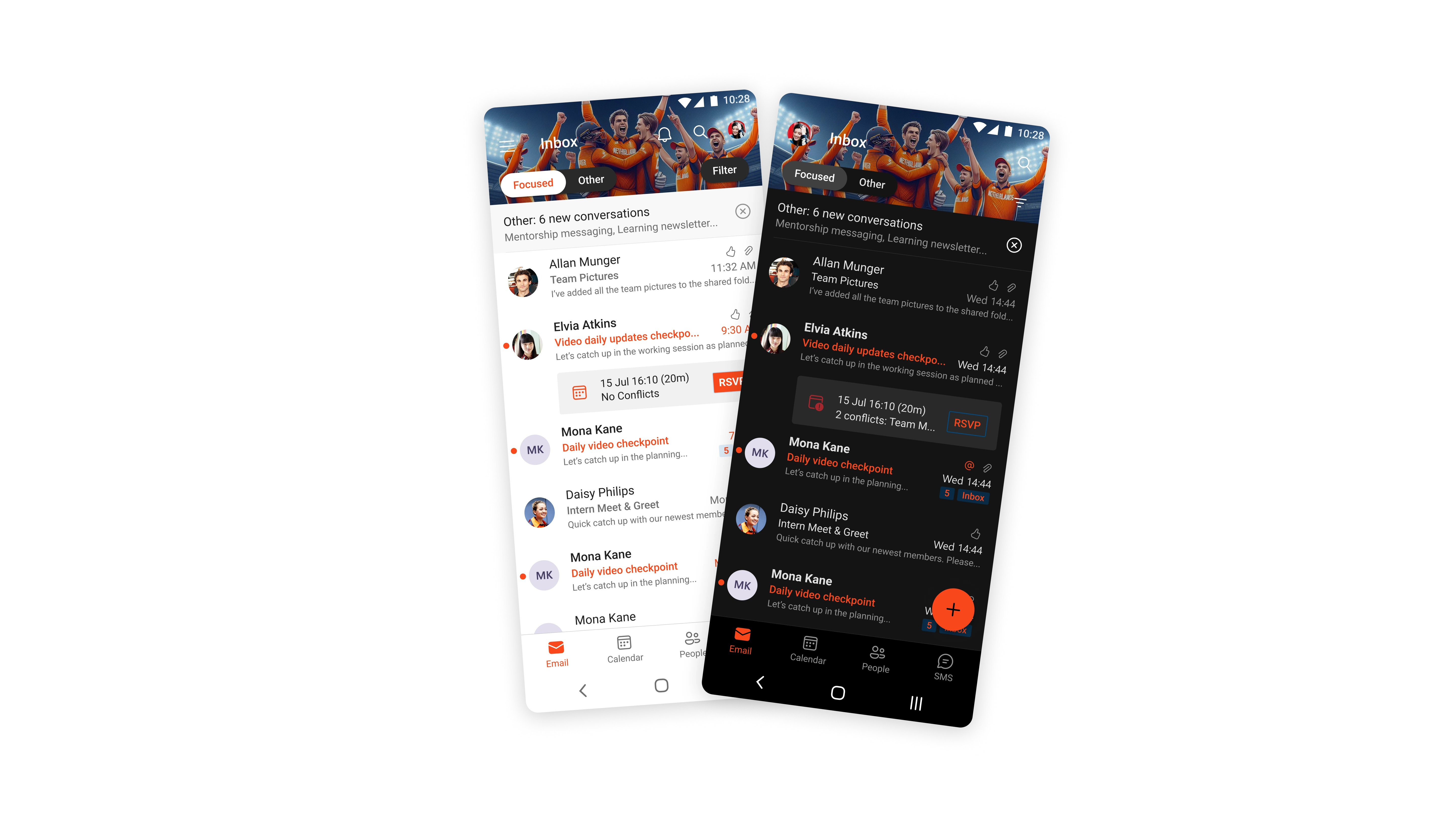
Event Based Theming
During the Cricket T20 World Cup and Olympics we introduced event based theming for our users. By choosing themes aligned with their favorite teams, fostering a more immersive and personalized experience. Notably, the time required to go from asset creation to production-ready visuals was reduced to one-fourth, greatly accelerating delivery. Key learnings from this initiative included addressing AI hallucinations, managing dark and light mode variations, and ensuring an accessible color palette.
Dynamic personalized theming with Copilot
In November 2024, Microsoft introduced "Themes by Copilot" in Outlook, an AI-powered feature that allows users to create personalized themes reflecting their preferences and style.
Personalization is all about respect for the user.
It says, 'You are unique, and this product recognizes that and enables you.'
AI as an Enabler
Our journey into generative AI revealed its remarkable capacity to augment human creativity. By integrating AI into our workflow, we reduced the time from asset creation to production-ready outputs by 75%, allowing us to explore a broader array of creative variations.
You as an Enabler
While working with AI, as we harness AI's potential, it is imperative to uphold our responsibility toward users. Establishing clear guidelines and guardrails ensures that AI-driven designs are equitable and inclusive, aligning with ethical standards.
Embracing the Synergy of AI and Human Creativity
At the intersection of artificial intelligence and human ingenuity lies an unprecedented opportunity to craft personalized, contextual, and adaptive experiences. This collaboration promises a future where technology not only complements but also amplifies individual preferences and desires, leading to richer and more resonant user experiences.
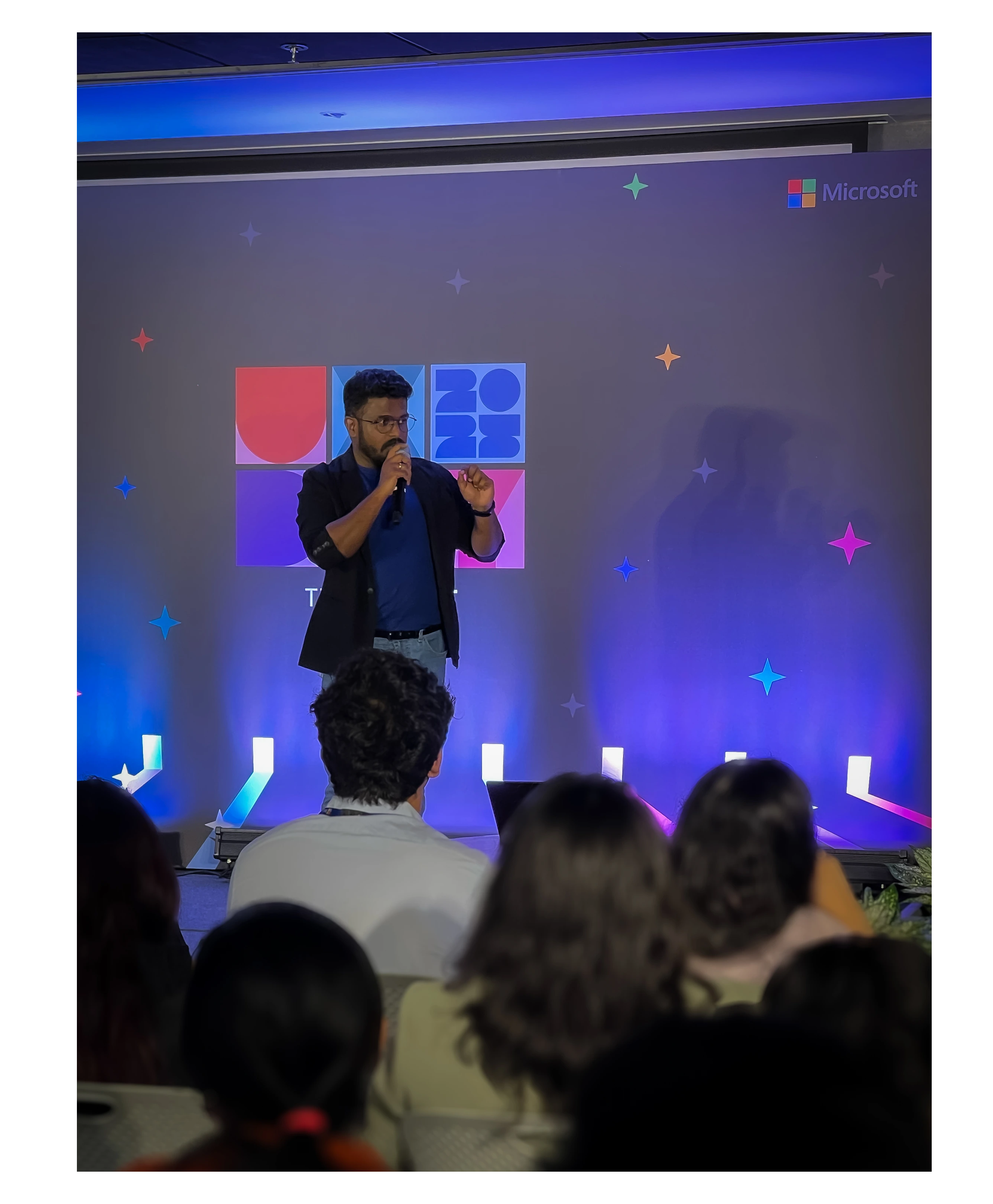
openv0
is an open-source, AI-driven generative UI component framework that enables developers to swiftly generate and iterate on UI components with live previews.
V0 by Vercel
is an AI-powered pair programming tool that transforms natural language descriptions into code and UI components, facilitating rapid prototyping and development of web applications.
Langflow
Langflow is a Python-based, low-code visual builder designed to streamline the creation and deployment of AI-powered agents and workflows.
Microsoft Designer
Microsoft Designer is an AI-powered graphic design application that enables users to effortlessly create professional-quality visuals
Will share more notes soon on agents, design and workflows..
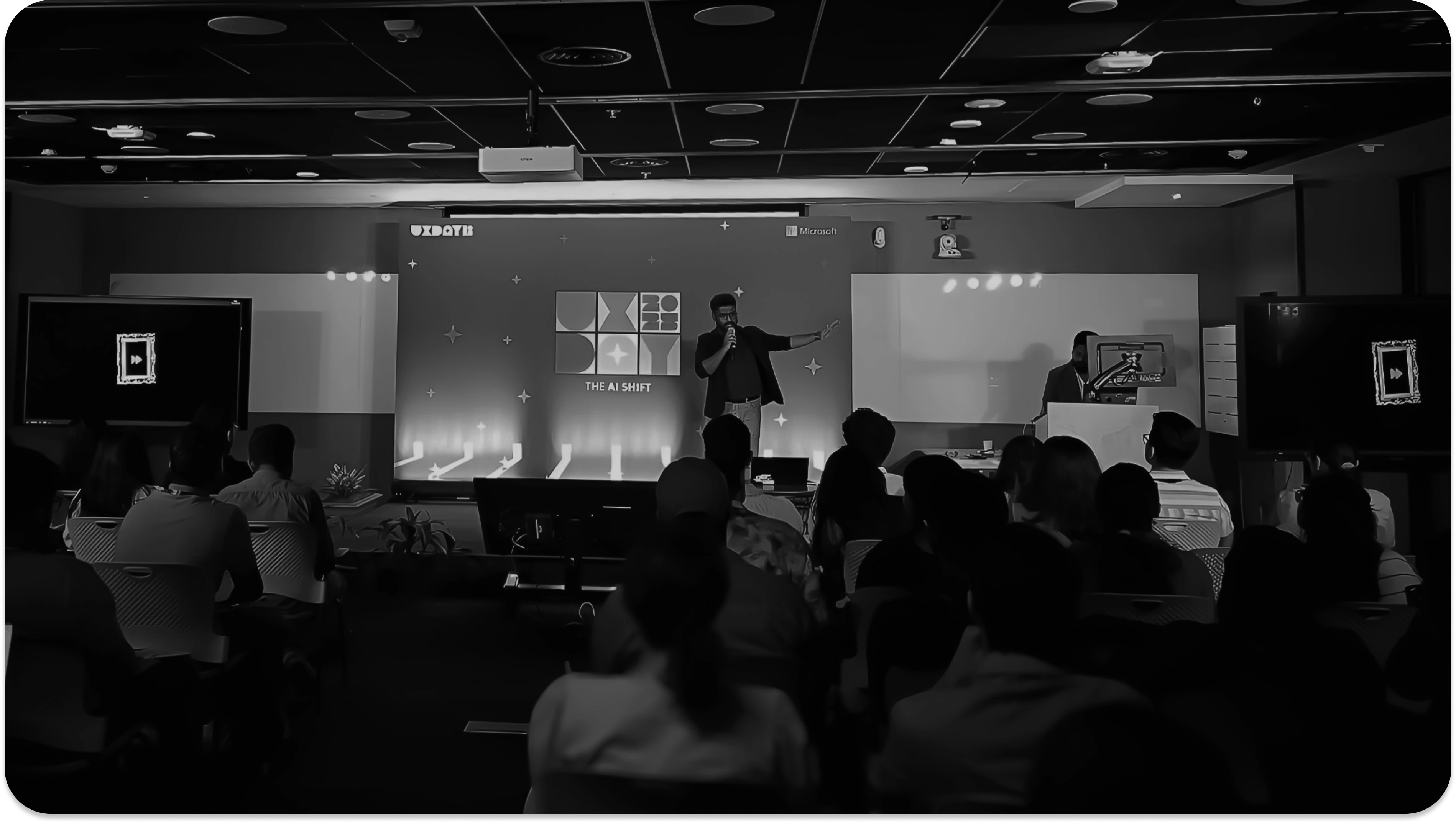
Special Thanks
Microsoft
Special Mentions
Studio +91: Microsoft India Design Studio
Deepak Menon
Anant Tambade
Prathima Sharma
Ramanuj Nanhoriya
Outlook Experience Studio (Redmond): Shelby, Telmen, Anton, Tasha, Chris,
Sean
Outlook Experience Studio (IDC): Shivani, Rajat, Srikant, Manas
